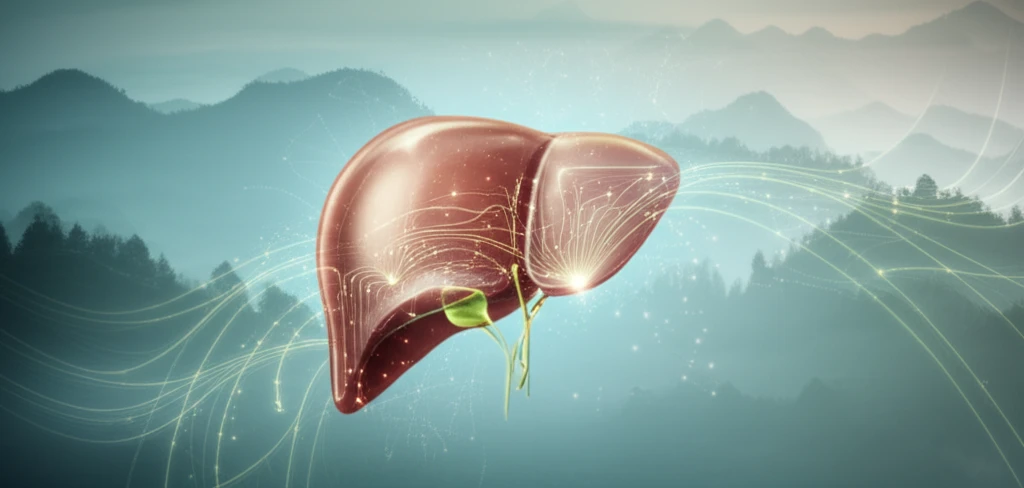
Is Your Liver at Risk? Unveiling Non-Invasive Tests for Hepatitis B Fibrosis
"Discover how new non-invasive models are revolutionizing liver health assessments, offering hope for earlier diagnosis and treatment of Hepatitis B-related fibrosis."
Chronic hepatitis B (CHB) remains a significant global health challenge, impacting millions worldwide. The virus can lead to liver inflammation and fibrosis, potentially progressing to cirrhosis and hepatocellular carcinoma (HCC). Early detection and assessment of liver fibrosis are critical for guiding treatment decisions and improving patient outcomes.
Traditionally, liver biopsy (LB) has been the gold standard for assessing liver fibrosis. However, LB is invasive, associated with potential complications, and subject to sampling error and inter-observer variability. As a result, non-invasive models (NIMs) have emerged as promising alternatives for assessing liver fibrosis.
This article delves into the world of non-invasive models for assessing liver fibrosis in Chinese patients with hepatitis B. We explore the findings of a recent study that evaluated and compared the performance of 30 different NIMs, shedding light on their potential and limitations in clinical practice.
Non-Invasive Models for Liver Fibrosis: A New Era of Diagnosis

Non-invasive models offer a range of advantages over traditional liver biopsies, including their ability to be performed repeatedly without the risk of complications. These models typically utilize readily available clinical and laboratory data, such as blood tests, to estimate the degree of liver fibrosis. By using these models, doctors are able to check the health and wellness of a patient non intrusively. The appeal of course being lower risk of any complications. Non-invasive technology is making it easier to catch Hepatitis and other issues early on so as to not be a future problem.
- Treatment-Naive Patients: The AUROCs of all 30 non-invasive models for discriminating significant fibrosis were less than 0.800, and only the AUROC of the PP score for diagnosing advanced fibrosis was more than 0.800. The AUROCs of FIB-4, FibroQ, HB-F, Lok index, PHP score, and PP score for predicting cirrhosis were greater than 0.800.
- Treated Patients: Only the AUROCs of APRI, GUCI, King's score, and Wang I for identifying cirrhosis were more than 0.800.
- Correlation Analysis: The Spearman correlation analysis revealed that only changes in FCI and Virahep-C model values were weakly correlated with changes in Ishak fibrosis scores before and after treatment (r = 0.206, p = 0.008; r = 0.187, p = 0.016, respectively).
Future Directions: Towards Personalized Liver Fibrosis Assessment
The study highlights the need for further research to develop and validate more accurate and reliable non-invasive models for assessing liver fibrosis in CHB patients. Future research should focus on identifying novel biomarkers, incorporating genetic and environmental factors, and developing personalized models that can accurately predict fibrosis progression and treatment response.
